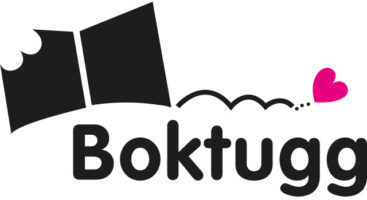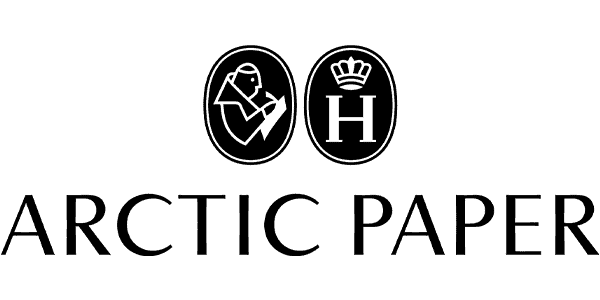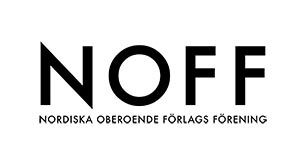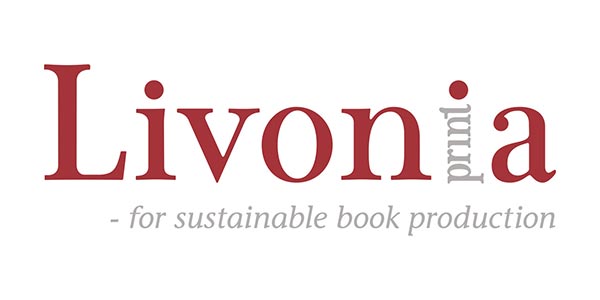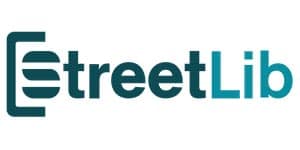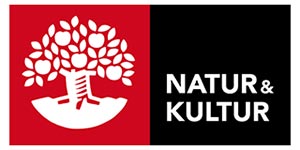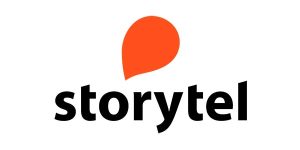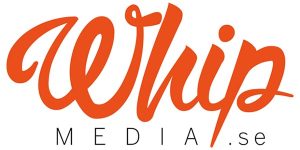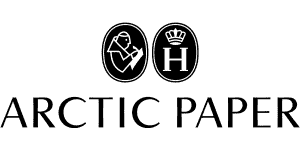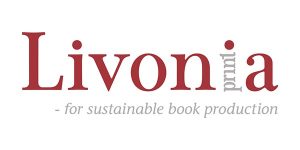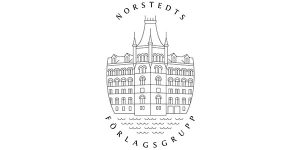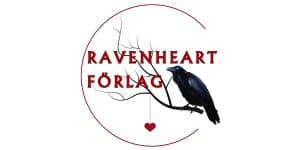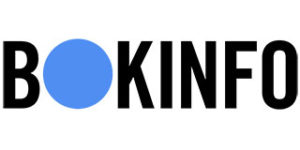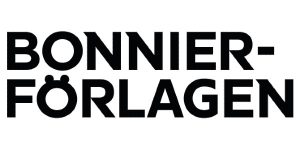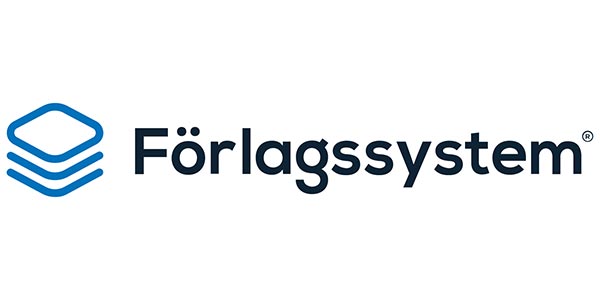
Exploring the 'Black Box' of Science, Technology, Engineering, and Mathematics Learning : Epistemic Network Analysis of Three STEM Activities

| Författare | |
|---|---|
| Förlag | Stockholm University |
| Genre | Pedagogik |
| Format | Häftad |
| Språk | Engelska |
| Antal sidor | 260 |
| Vikt | 617 gr |
| Utgiven | 2025-07-01 |
| ISBN | 9789181072105 |
The effectiveness of STEM activities for teaching subject knowledge and 21st century skills is often lauded in educational research. In order to critically assess these claims, this research explores beyond the pedagogical approaches used to design or assess a STEM activity, and instead tries to understand the learning processes that take place over the course of an activity itself. This change in perspective enhances a simplistic input-output model of learning, and allows for an exploration of the learning opportunities that develop within a non-formal STEM activity context as a result of the interactions taking place among the participants. These opportunities for learning can provide additional explanatory power to understanding why STEM activities are considered effective for learning. This research also looks into two specific design elements of non-formal STEM activities: the use of engineering students as mentors; and the hands-on building, i.e., ‘making’ of a STEM artefact. This research project employed a quantitative ethnographic (QE) approach to attribute meaningful insights into learning processes associated with the verbal and non-verbal interactions that took place between groups of STEM activity participants and their learning environments. This research collected audiovisual data of three groups taking part in three different non-formal STEM activities. This data was coded to isolate epistemic codes for STEM subject knowledge (science, technology, engineering, and mathematics) and four 21st century skills (communication, collaboration, creativity, and critical thinking). This data was then formatted for applying an epistemic network analysis (ENA). The resulting ENA network models mapped how all eight of these epistemics cooccurred within the verbal and non-verbal interactions of the participants. The ENA models were investigated to accomplish two tasks. The first task was to identify significant patterns of cooccurrence to identify how knowledge and skills were associated within the STEM activities. The second task was to return to the source data that underpinned these significant moments in order to be better understand these patterns based on the 'culture' that the participants generated within their contexts. By returning to the source data, this research attempted to 'close the analytical loop' between what the findings of the ENA displayed, and how meaningful insights into understanding these patterns in terms of opportunities for learning are contextualized within the three non-formal STEM activities, and within each group of participants. The findings of this research project revealed that knowledge and skills epistemics manifested different network models for each case, and with statistically significant differences in the patterns of cooccurrence amongst the participants based on the roles that they undertook within the activity. Also, this research uncovered that the use of expert mentors increased instances of STEM knowledge epistemics being displayed within the learning environments, however, these mentors did not show significant differences in their practice of 21st century skills when compared to the other participants. Finally, it was found that the hands-on activity of 'making', and more specifically 'tinkering', produced the strongest connections between and among STEM knowledge and 21st century skills epistemics across most of the participants within all of the activities. The results of this research project cast a light into the ‘black box’ of STEM learning and illuminated some possible explanations for how the activity participants are presented with, and develop, opportunities to learn STEM subject knowledge or practice 21st century skills. The use of ENA aided in highlighting these opportunities by revealing the complex patterns of cooccurrence between these two aspects of STEM learning. At the conclusion of this research project, it is possible to provide more meaningly explanations as to why the STEM activities examined here can be effective for learning. This is a doctoral thesis in Education at Stockholm University, Sweden 2025
